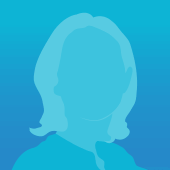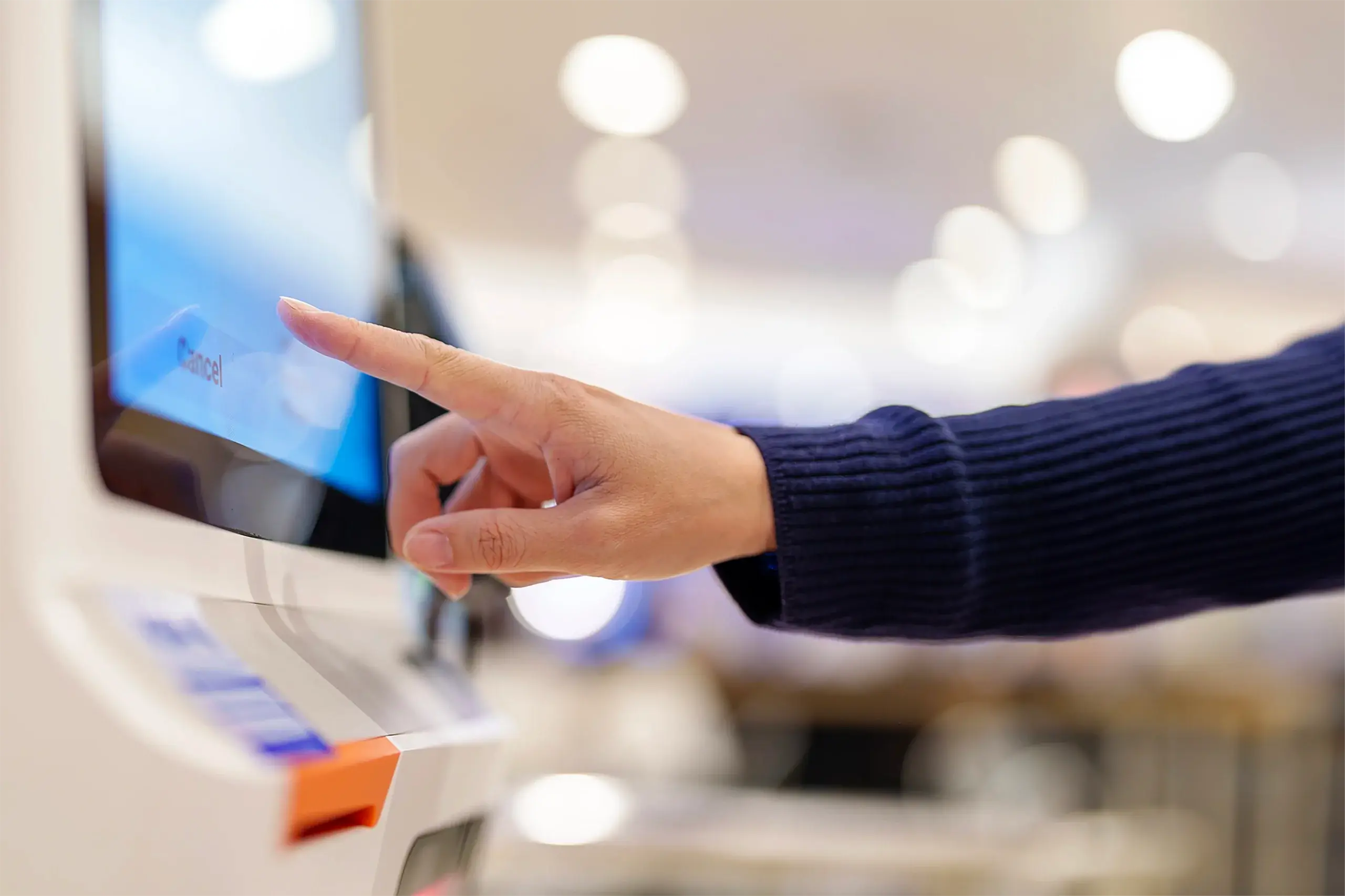
How My Internship Helped Me Transition Into a Junior UX Design Role
Looking back in retrospect, I decided to contemplate what I accomplished last year that led me to where I am today. I’ve recently had the opportunity of participating at a guest panel talk at Humber College in Toronto, Ontario, where a few colleagues and I were invited to speak to 3rd-year design students about our insights, experiences and challenges starting out as college graduates in the field. The talk was well received, and the questions that the students asked us made me reflect on my humble beginnings as an intern fresh out of college up to my current role as a Junior Experience Designer.
What I learned during my internship
I was given a 3-month contract as a product design intern in May of last year. I was excited and eager to be part of the UX Design field, especially since I was steadily shifting my focus from Print to Digital Design. During my internship, I was able to thrive in a fast-paced setting and learn the inner workings of the studio. I worked on a variety of projects creating weekly illustrations for social media channels, actively participating in brainstorming sessions for the studio’s social media initiatives and beginning stages of projects. I also worked on gathering data and attending client meetings with the product design team as well as presenting ideas internally with directors and product designers during ideation workshops and jam sessions. In addition, I assisted with user research such as field testing, in-person interviews and usability testing, designing wireframes and app concepts under the direction of product designers and the design lead. I felt that my internship experience was able to prepare me for my transition into a junior role and that there were four key takeaways I learned from that experience that resonated with me.
Ask questions and don’t be afraid to speak up
Getting hired as an intern might be a bit overwhelming and daunting at first, but it doesn’t mean that the company expects you to know everything. There is also a huge difference between constantly asking for help on every task and reaching out for direction on tough calls and clarifying something on the design brief. Reaching out for help and asking questions to address an issue early is 10x better than doing something on your own and failing.
Making mistakes is part of the process, just make sure you learn from them
You are in a good position to be a sponge during your internship, meaning you are able to learn as much as you can from other designers and apply it to real-world projects. You are also expected to feel nervous and anxious, especially when working on something unfamiliar for the first time. Mistakes happen and they should be interpreted as a way to grow as a designer. The best way to deal with errors and missteps is to identify them, see where you went wrong, and make sure they don’t happen again.
Talk to people around you, build a relationship with the team
Most of what you’ll get out of an internship will come through meeting and communicating with other people. I was very fortunate to work with people who encourage open communication at all times, whether in the form of a 1-on-1, meetings or getting a coffee from around the corner and having an in-depth conversation. Do your best to show enthusiasm. Maybe join communal team lunches. Attend team building activities. Offer to help with other tasks around the office. Kick off a Lunch n’ Learn. Participate in brainstorming sessions. Looking for various opportunities to make an impression upon your peers and team members boosts office camaraderie, thus displaying your curiosity and willingness to be part of the team.
Keep up with current design trends and embrace the art of learning
Just because you are in the workforce doesn’t mean you can stop finding ways to improve your craft. It’s important to invest in your professional development to build on what you know. The UX Design industry is constantly evolving, and it’s critical for designers to keep up, learn new software and gain new insights into design trends, emerging technologies and the future. Take advantage of online resources. If you feel that you can benefit from learning in a compact class structure, there are many options out there where people can take individualized courses and UX certification. Improving your skills and investing in your growth will only benefit your goal of being a well-rounded designer.
Full Circle
After my internship ended, I was offered a role as a Junior Experience Designer at Akendi. I am tasked with creating intentional designs for services, products, website and applications in a variety of sectors. Our small, tight-knit group of people are committed to creating meaningful designs and experiences for our clients, and everyone works together to bring something unique to the table. I feel that my internship experience last summer taught me a lot, and I’m happy to say that I’m able to apply what I learned to my workflow on a daily basis.
My advice to students embarking on their internships and pursuing a career in the UX field simply put is: be curious and take in as much as you can. Technical skills and proficiencies can be taught and learned over time, but the eagerness to learn, having empathy for users and a desire to make impactful designs are deep-rooted ideals that one develops organically over time.ÂÂ
Comments
Related Articles




This is a wonderful story you have shared with me! I like your position towards the internship!
Thank you, Sharon!